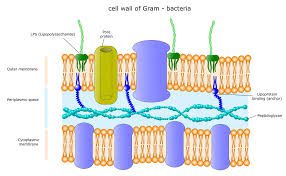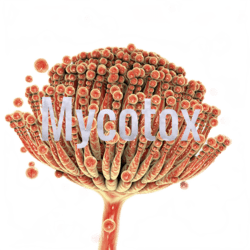What Are Lipopolysaccharides (LPS)?
Lipopolysaccharides (LPS)—also referred to as endotoxins—are large, complex molecules located in the outer membrane of Gram-negative bacteria such as Escherichia coli and Salmonella. These molecules consist of three main parts:
- Lipid A: The toxic component responsible for most of LPS’s biological effects.
- Core oligosaccharide: A chain of sugars attached to Lipid A.
- O-antigen: A repetitive glycan polymer, acting as a major antigenic determinant extending out from the bacteria.
Significance of Lipopolysaccharides (LPS)
LPS play crucial roles both for bacteria and in human health:
- Bacterial Structure & Defense: LPS is essential for the structural integrity and permeability barrier of the Gram-negative bacterial outer membrane, protecting bacteria from harmful substances such as antibiotics and bile salts.
- Immune Response Modulator: For humans, LPS is a powerful activator of the immune system. It binds to receptors like TLR4, prompting immune cells to release inflammatory mediators. Even small amounts can trigger a strong immune response, resulting in fever or, in severe cases, septic shock.
- Links to Disease: When LPS enters the bloodstream—due to infections, “leaky gut,” or poor diet—it can cause low-grade or acute inflammation. Chronic exposure has been linked to health issues including obesity, depression, autoimmune disorders, liver disease, and cardiovascular problems.
- Medical and Research Applications: LPS is widely used in research to model inflammation, study immune responses, and test new therapies due to its reliable and potent effects.
Lipopolysaccharides (LPS) are essential components of Gram-negative bacteria’s outer membrane. Discover the structure, function, and health implications of LPS (endotoxins), including their significant roles in inflammation and immune system activation.
Lipopolysaccharides (LPS), also called endotoxins, are vital molecules in the outer membrane of Gram-negative bacteria. Each LPS molecule includes a Lipid A component (responsible for toxic effects), a core oligosaccharide, and an O-antigen. These molecules enhance membrane integrity, help bacteria defend against threats, and act as powerful triggers for the human immune system. When LPS enters the bloodstream, it can cause systemic inflammation and is linked to various chronic diseases. Understanding LPS is essential for advances in microbiology and human health.
Summary:
Lipopolysaccharides (LPS) are vital bacterial molecules with major significance for both bacterial survival and human health, acting as potent immune system activators and key factors in inflammation and disease.


